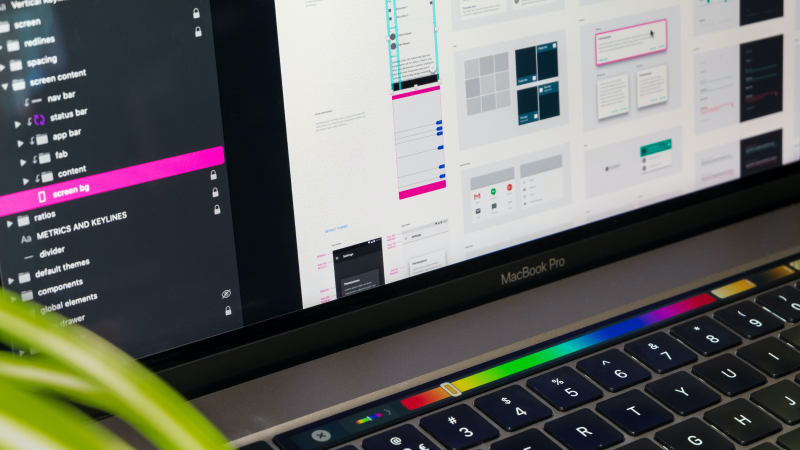A route that some creatives go down when going out on their own and working freelance is to sign up with a platform like Upwork. These platforms basically let potential clients advertise a gig – for instance a new website or logo - and freelancers send a proposal when the task falls into their area of expertise. Oftentimes clients invite certain freelancers directly to submit a proposal as well. So why shouldn't you sign up with a service like Upwork to get more client projects? Aren't these all warm leads that should be easy to sell to? Here are my three top reasons, why you won't find me on Upwork or any of their competitors:
Service fees – you can't keep all the money you earn
Upwork takes a percentage of the money you earn from each client gig. According to Upwork's website this is 20% for the first $500 billed with the client, 10% for lifetime billings with the client between $500.01 and $10,000 and 5% for lifetime billings with the client that exceed $10,000. While it's understandable that the platform wants to make money, I am not willing to give up part of the money I earn – especially since from the money leftover I will still have to deduct a percentage for taxes in my country. So in the example above if I charge the client $500, Upwork takes $100. Let's say I pay 20% in takes, leaving me with just $320 in my pocket. Also, if you're using a payment platform PayPal you have to deduct money for the processing fee as well. And with this calculation you haven't even factored in that you'll have to put money aside for your retirement fund as well. This means you'll have to find lots of high paying gigs to make it worth your while. Which brings me to my next point.
Digging through lots of gigs – lot's of effort, little gain
Let me explain. At Upwork you compete with thousands of other freelancers for projects. And let's be honest, it takes quite a bit of time to go through the available projects and filter out the ones that pay enough and are actually worth getting involved with. Many projects on Upwork have ridiculously low price expectations attached to them. A logo for $20? A website for $150? If you work in a Western country such as the US, Australia or Canada you'd have to do quite a few of these gigs to meet your living expenses. And then you still have to invest time to prepare and send your actual proposal. All this time could be spent better on marketing yourself independently, creating content, networking online and offline or working on side projects for your portfolio. Why spend your valuable time with efforts that are not billable and that might yield very little return?
Having a middle man
With a platform like this there's always a middle man that stands between yourself and the client. While it might seem like an advantage if you don't have to chase payments and have an enclosed platform for client admin, I believe it's best to not rely on third a party and hope they're siding with you when there's an issue. By solely relying on a platform like this you're in trouble if they shut down or change the rules in any way (for instance suddenly increase their fees for freelancers). Plus, there is also an optional feature like the "Freelancer Diary", with which clients can observe what you've been working on at your computer. I believe offering measures like this doesn't really build and foster trust between client and freelancer. For me it's important having a relationship with a client that's built on trust and understanding, and I don't think having a middle man furthers this cause.
What do you think about platforms like Upwork? Is this how you started your freelance career? In one of my upcoming blog posts I will take a closer look at some of Upwork's perceived advantages - some of which are outlined on their "How it works" page – and how you can achieve those without having to sign up with the platform itself. Stay tuned!





